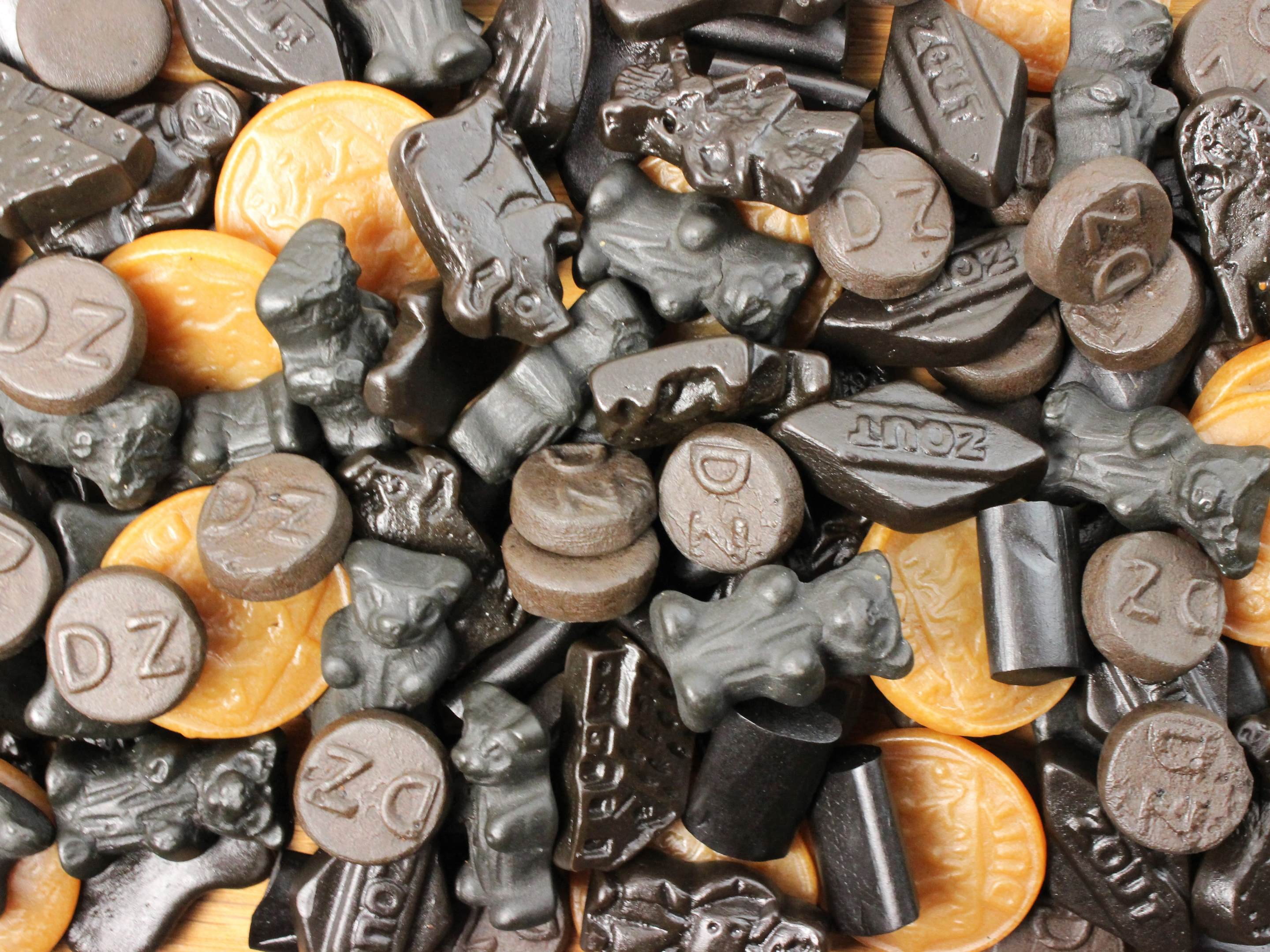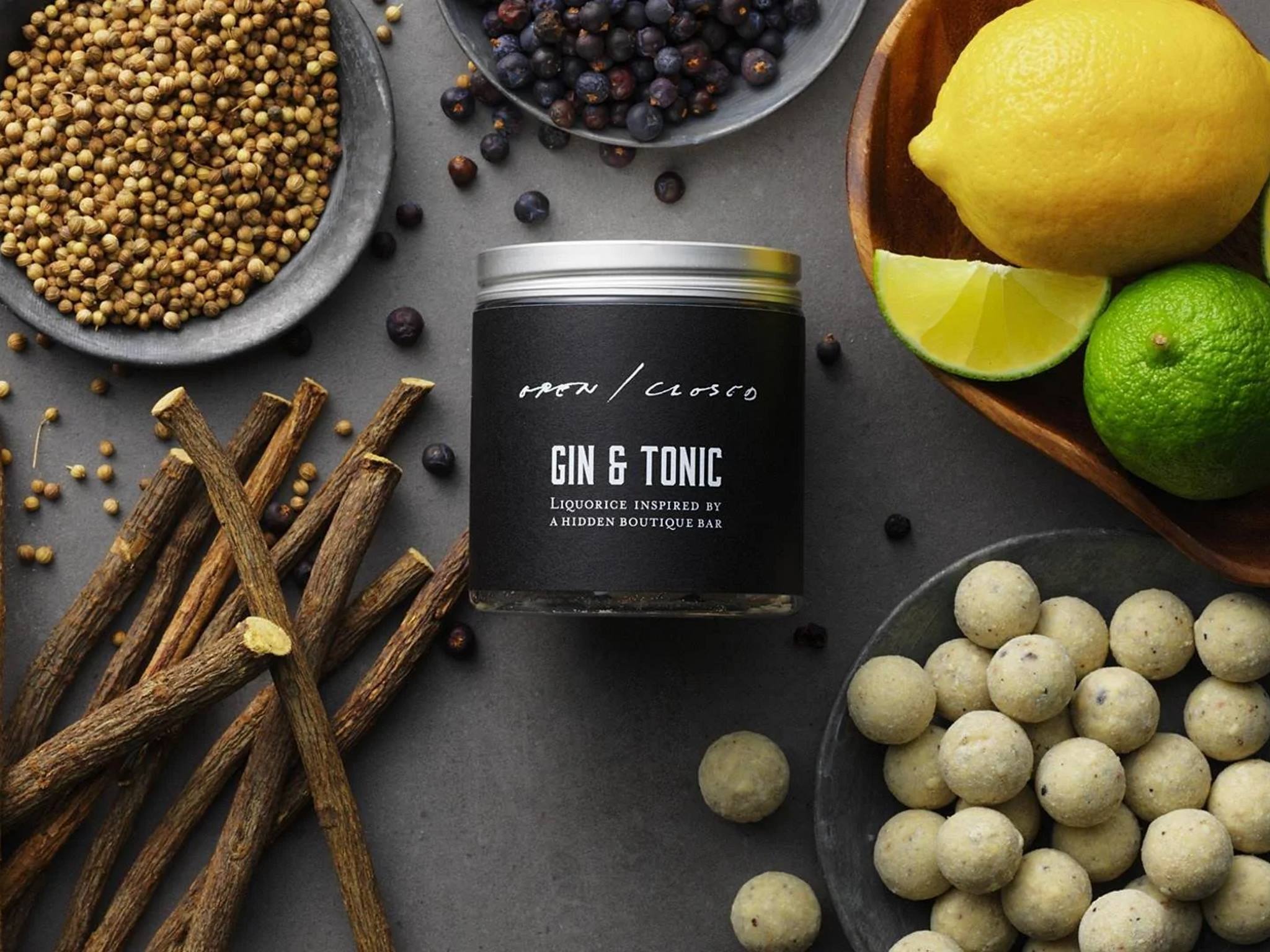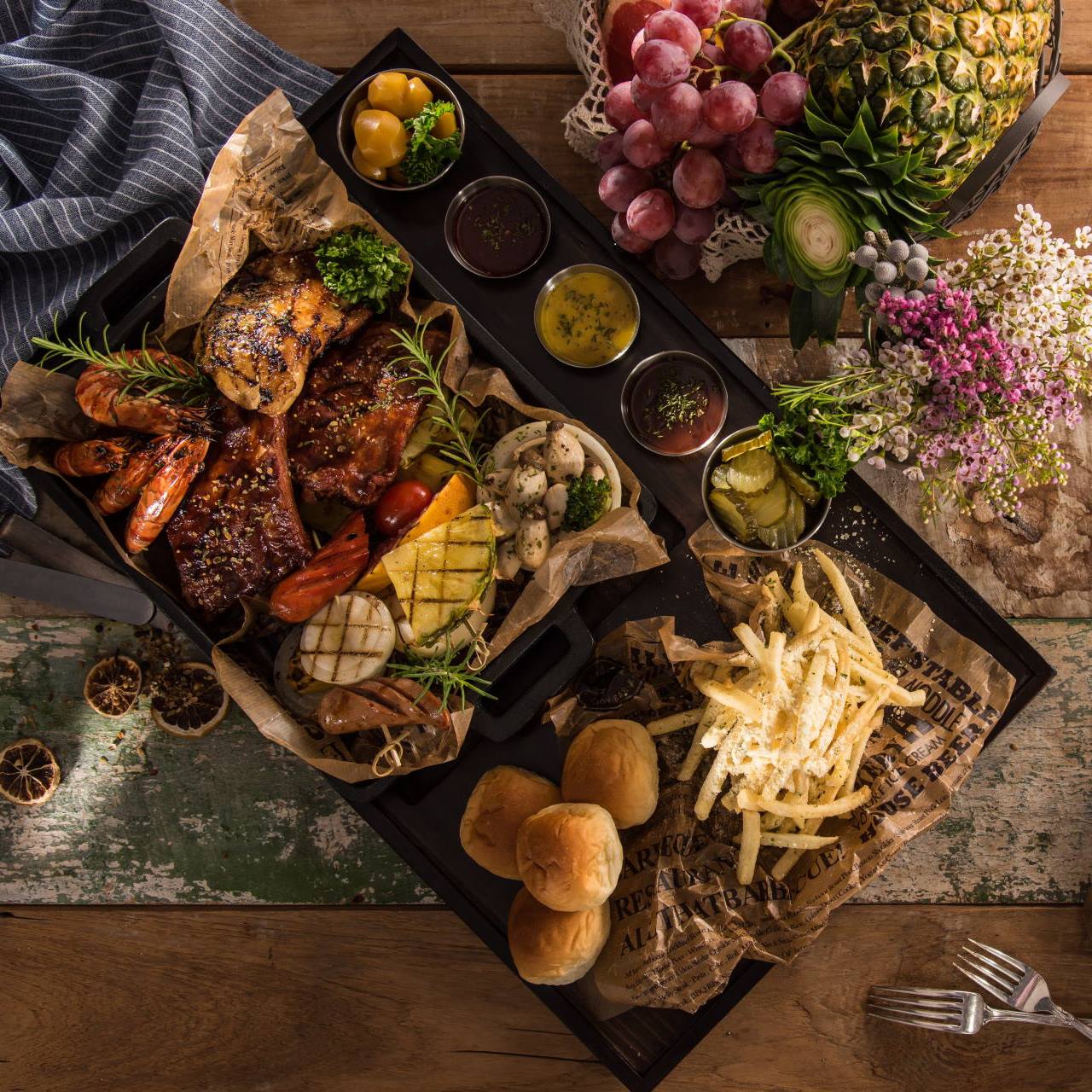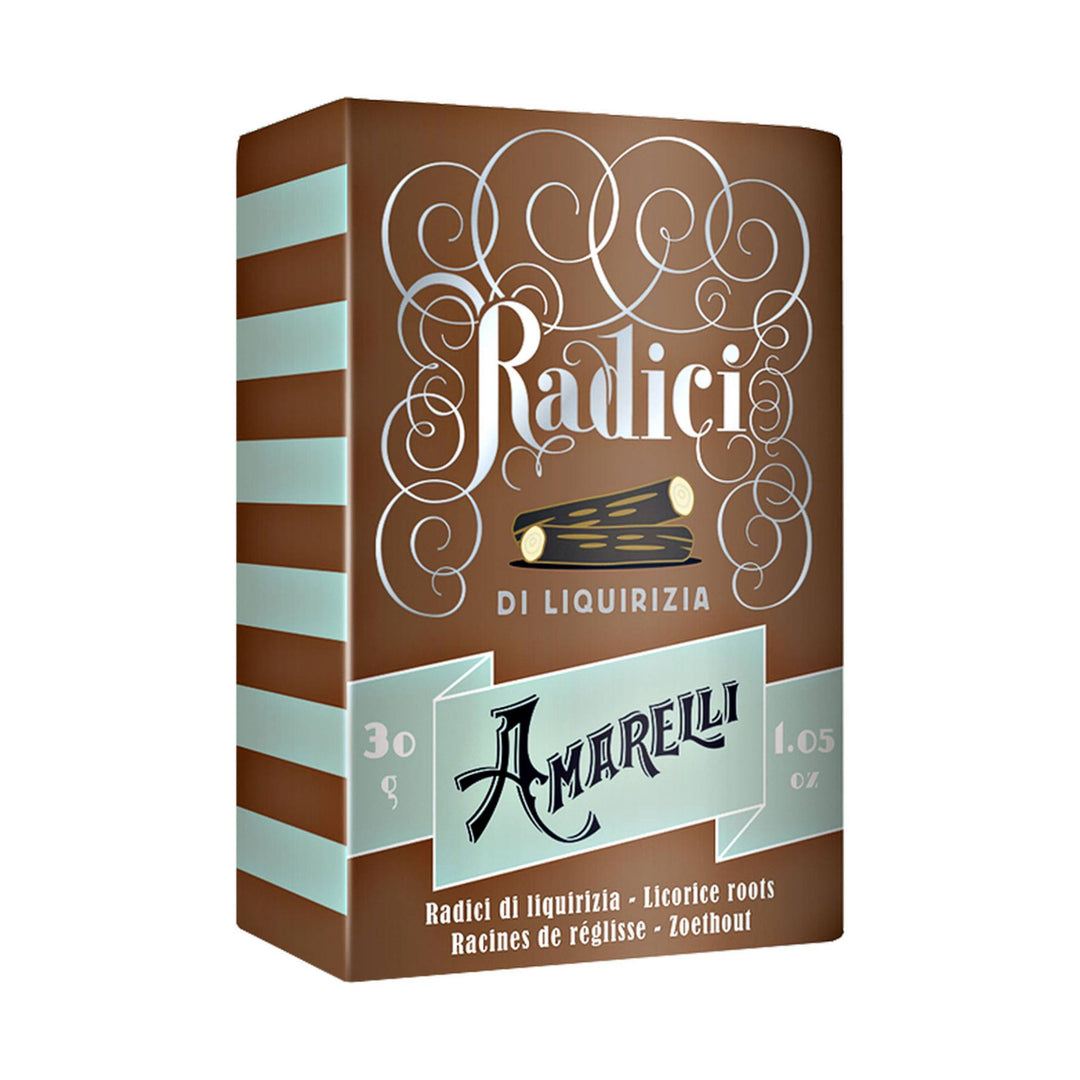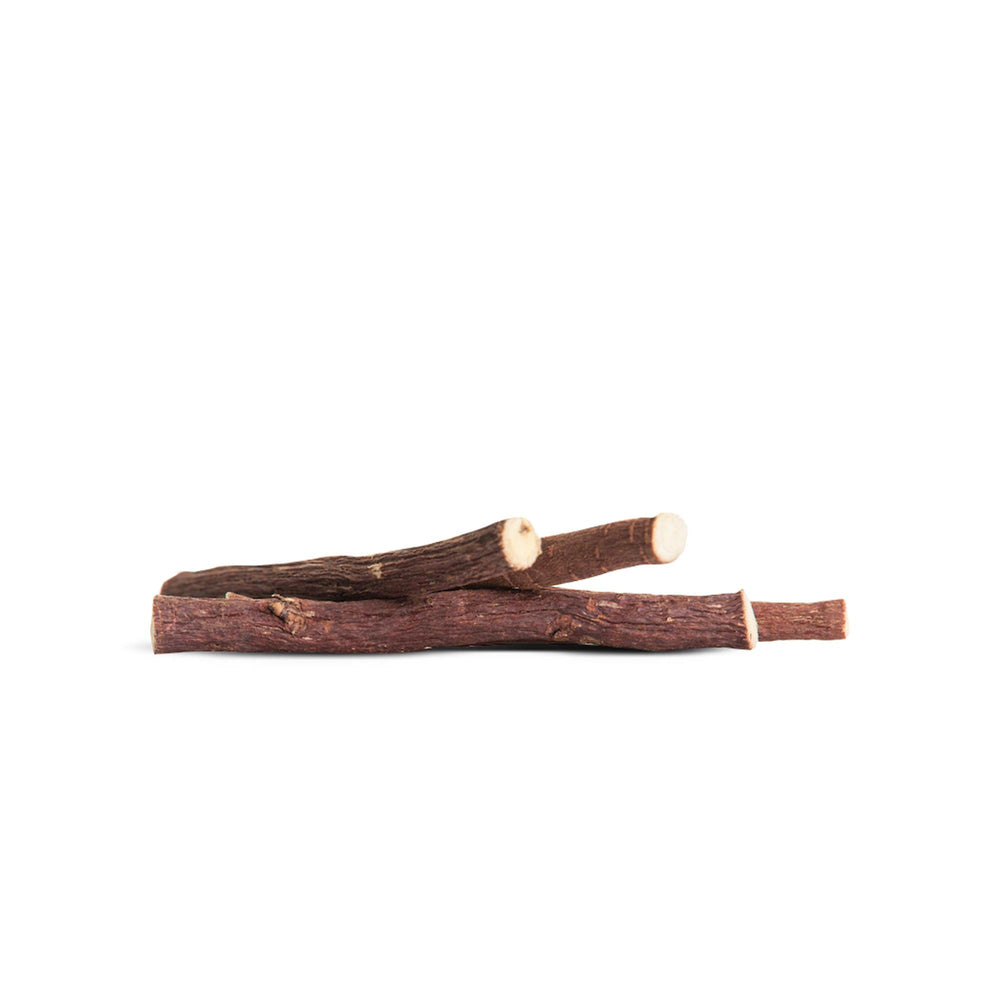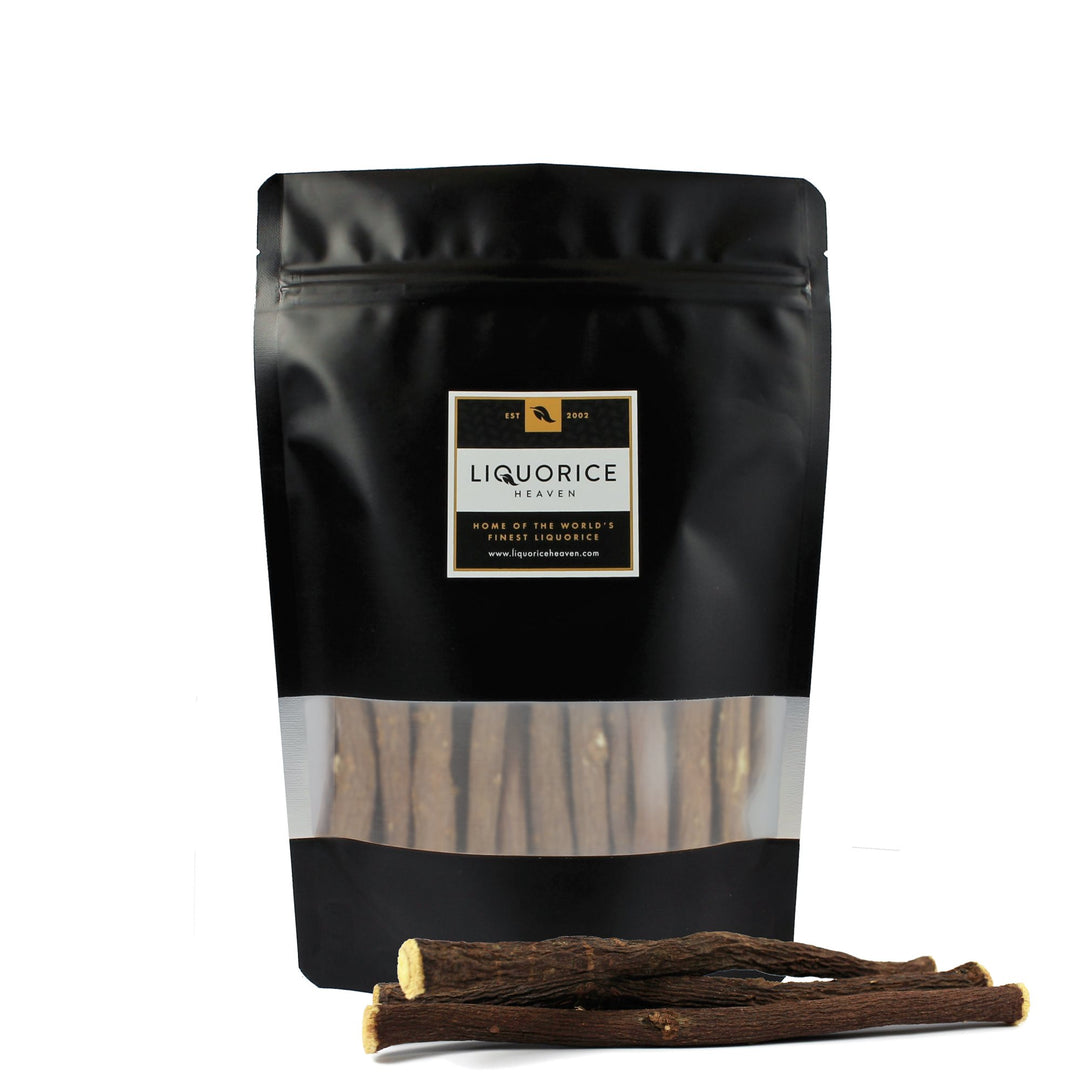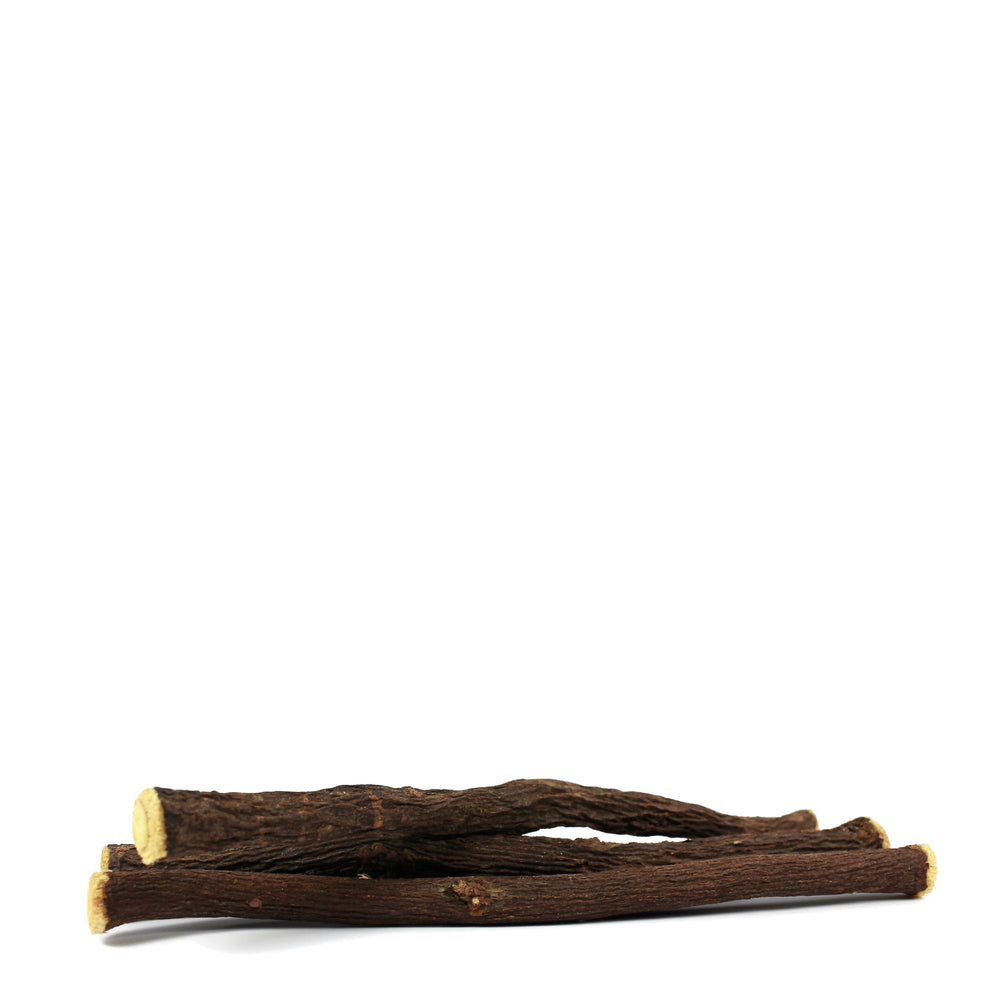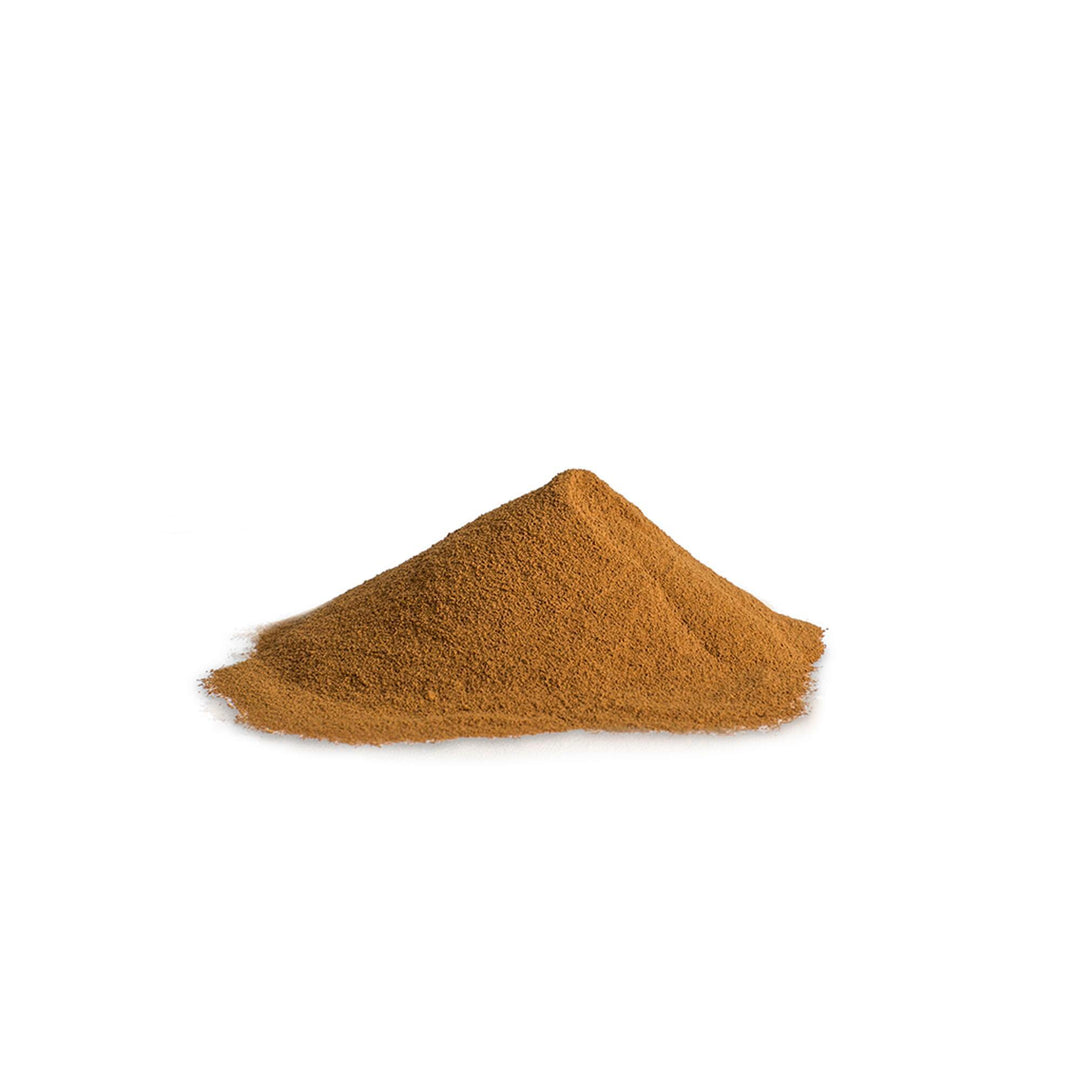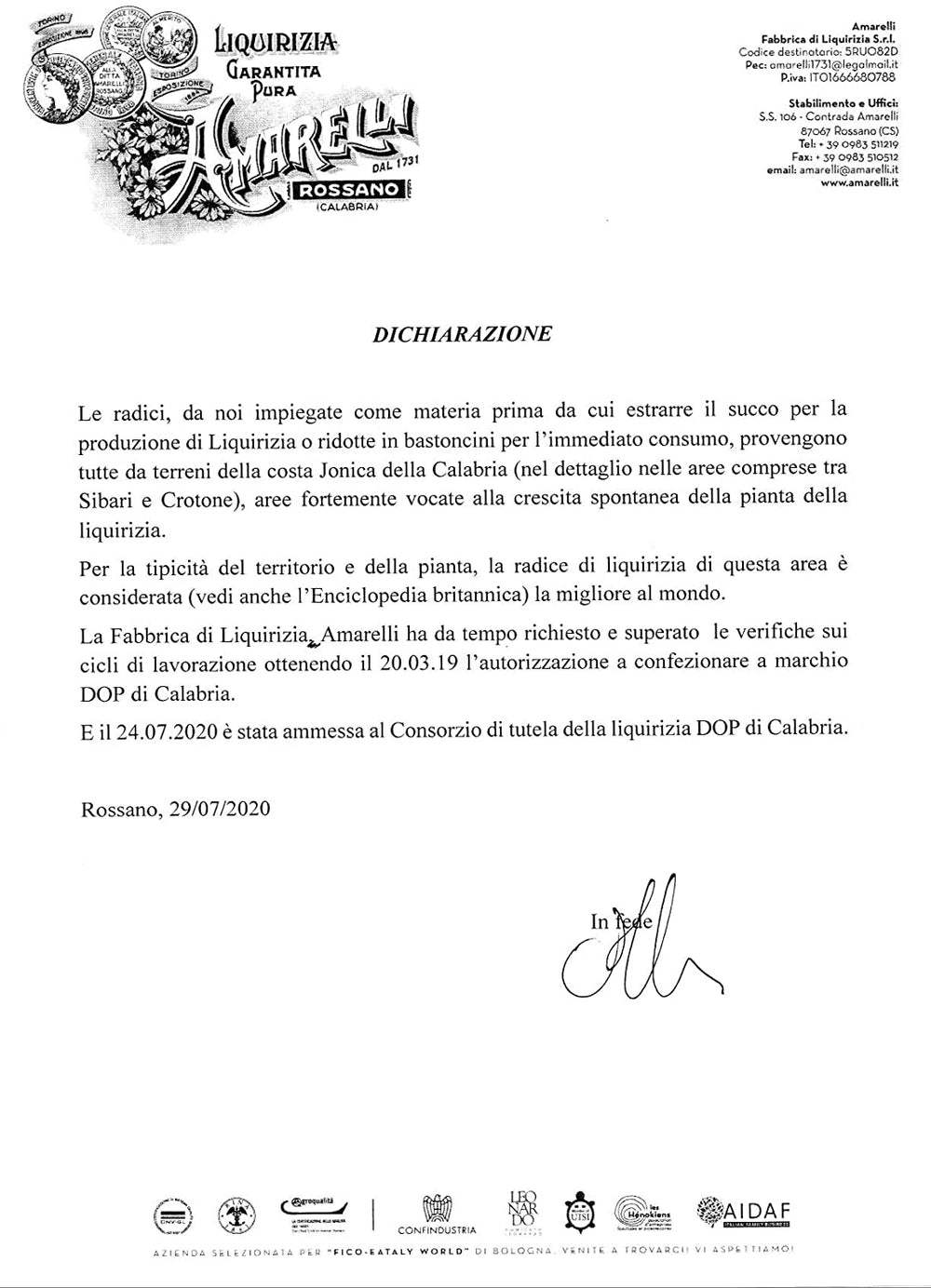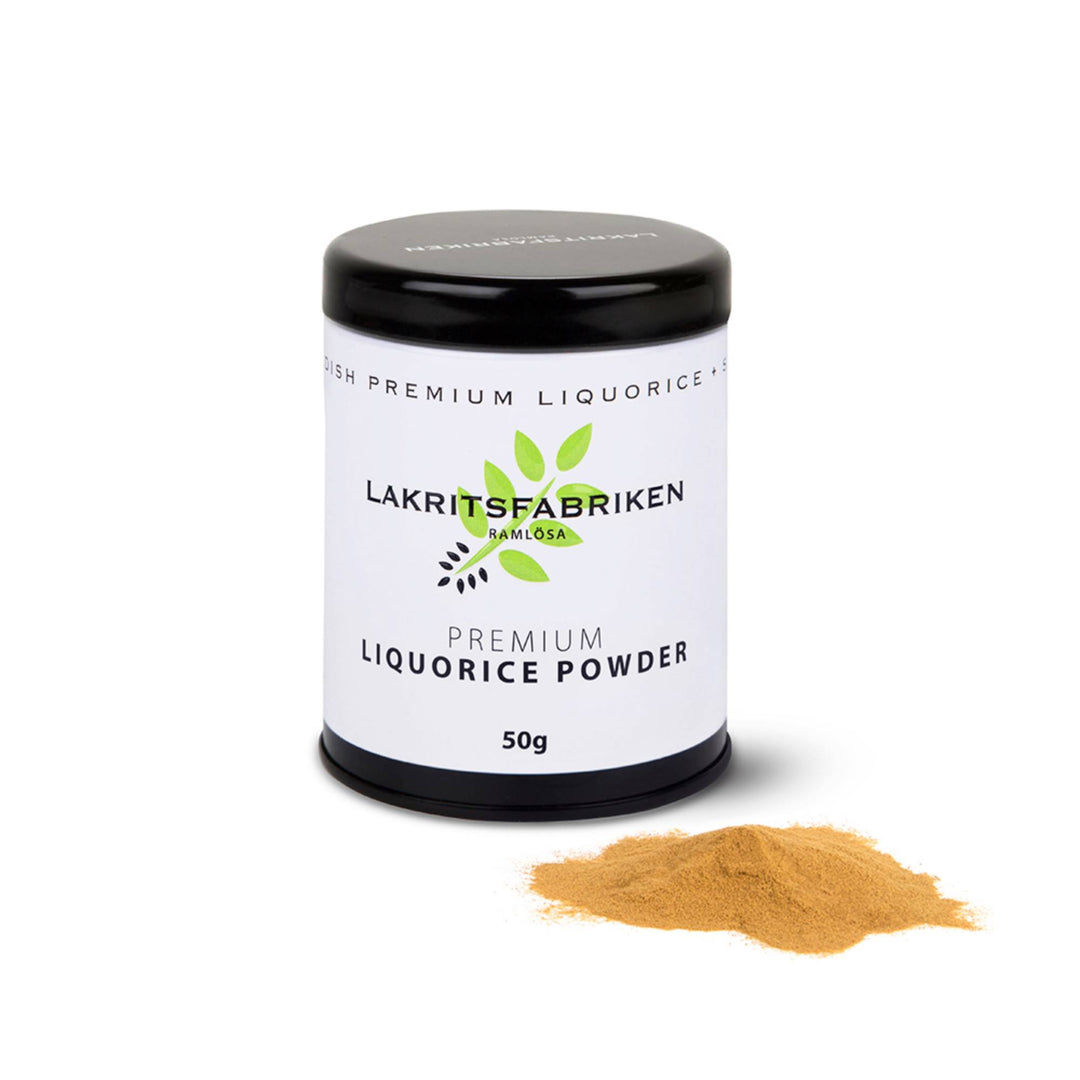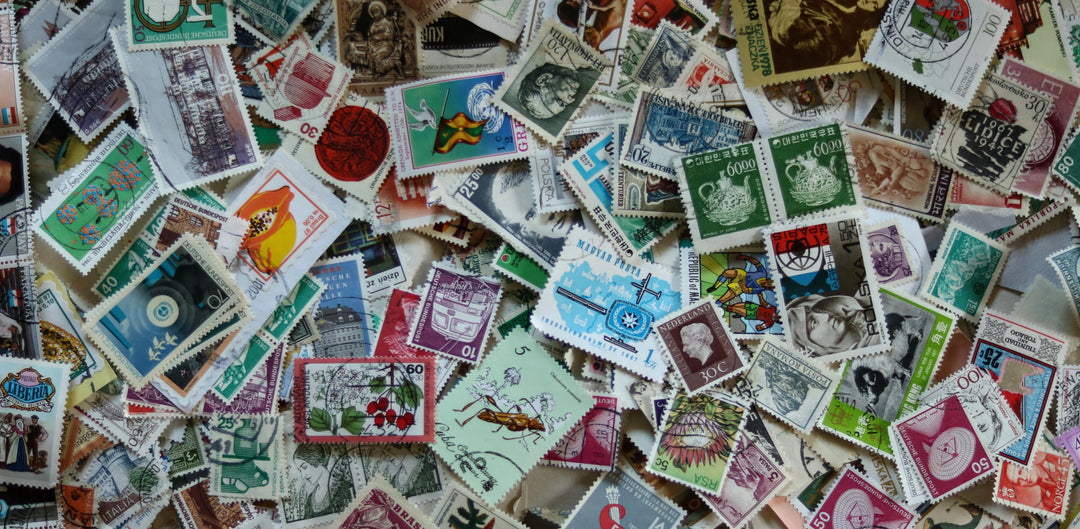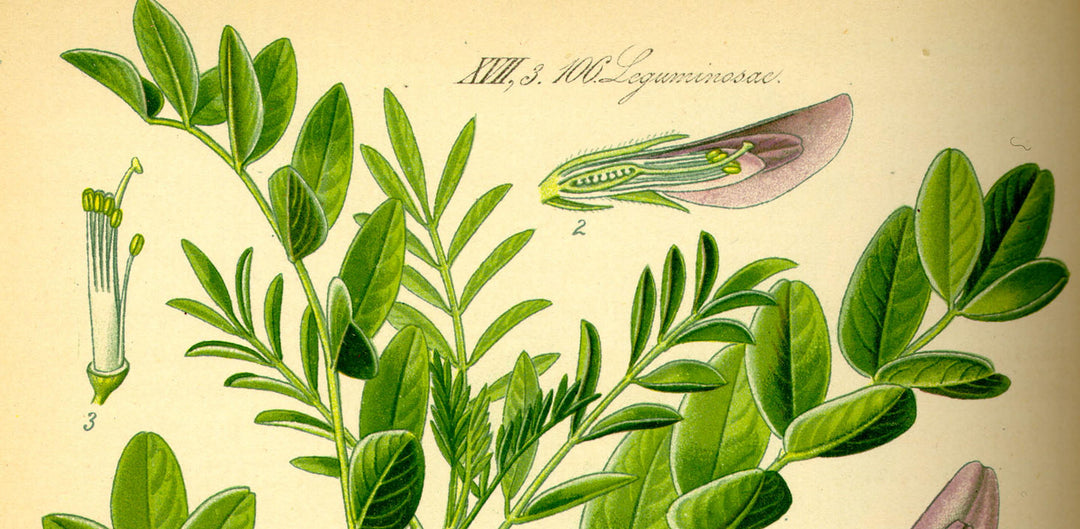Until recently if you said ‘liquorice’ the majority of people in the UK would associate the word with Bassetts' Liquorice Allsorts, Sherbet Fountains or Black Jacks.
However, that has changed and people are rediscovering liquorice. Nigella Lawson caused a massive stir with her ‘liquorice toolbox’ and fondness for the black stuff - both confectionary and in the kitchen. Whilst she did ridiculed by some, she made the masses in the UK aware that it doesn’t just have to be cheap and cheerful but rather a gourmet experience.
Through Nigella and other public figures that are liquorice champions, recognition has grown over the last few years with some of our premium confectionary brands such as Lakrids by Bülow now being stocked in top end stores such as the food hall at Harrods. At the same time, the number of recipes available from top chefs that use liquorice root as a sophisticated and elegant cooking ingredient has sky rocketed.
The UK is now starting to discover the love of liquorice and catch up with other countries, particularly Nordic ones, where liquorice confectionary has been an institution for more than a century and more popular than chocolate!
A very brief history of liquorice
Liquorice root bases its origins in medical use and is widely believed to have medicinal properties. It has been used as such for millennia from China to Ancient Egypt and beyond.
Its use in confectionary is relatively recent, the first processes to create it only being developed by Giorgio Amarelli in 1731 using roots from the fields of Calabria, Italy.
If you want to know more, take a look at our articles about liquorice health benefits and how liquorice root is processed.
What type of liquorice to use for cooking?
Liquorice is not actually a sweet but in fact a very versatile spice that provides umami to both savoury and sweet dishes. Glycyrrhizic acid is found in the root and gives liquorice its distinctive bittersweet and salty flavour with notes of anise and fennel.
Glycyrrhiza glabra (Liquorice to you and I) grows in many parts of Europe and Asia, but all the top end liquorice confectionary brands (Amarelli, Haupt Lakrits, Lakrids by Bülow) source the raw root or powder from the fields of Calabria, Italy and with good reason – it is the best in the world! Liquorice loves the soils and climate in this part of Italy and grows abundantly. As the ground is so mineral-rich, the plants are able to produce large amounts of glycyrrhizic acid whereas elsewhere in the world, growers & processors need to use additives and sugar.
Recipes typically call for one of five types:
Liquorice Root
These woody roots provide most flavour when they are steeped in a hot liquid, the strength of the flavour being primarily dictated by the quantity used and how long the sticks are left in the liquid to infuse. The root infuses that distinctive anise notes in teas, sauces, liqueurs and custards.
As anyone that has used liquorice root knows, it still gives off a strong aroma without being heated. It is often used to flavour sugar and salt (In the same way you can leave a vanilla pod in sugar to impart a flavour).
Liquorice Powder
This is the most commonly called for ingredient, called jethimadh powder in Indian cuisine. It is basically root ground to a fine powder consistency and used just like any other spice.
Liquorice Pellets
Pure small hard pellets of pure liquorice – the powder has been processed but the sugars and other ingredients that turn it into traditional confectionary haven’t been added.
They provide a strong liquorice flavour and bitterness and are usually used in sparing quantities. These melt down well in hot liquid.
Liquorice Rubs, Glazes & Salts
These are a great way to add the depth and distinctive flavour of liquorice to savoury dishes & existing recipes with minimum fuss!
Liquorice Syrup
You can make this yourself but for the small quantities required by most recipes, it is normally easy to buy it expertly pre-made.
Syrup is most often called for when making ice-creams or dessert sauces. That said, it makes for a great addition to coffee and cocktails as well!
Recipes featuring liquorice
We have collated some inspiring sources of recipes to help start you on your journey.
Liquorice: A Cookbook
The food writer Carol Wilson, published a cookbook dedicated to liquorice! She is well known as an author of various popular BBC good food recipes as well as a number of ‘go to’ books in the world of preserves and Scottish cooking.
Within the 128 page book you'll see a detailed history of liquorice, a guide to the different products from around the world as well as cooking advice. The recipes range from traditional to new that will appeal even to people who say they don't like liquorice!
The book contains sections on savoury dishes, desserts & puddings, cakes & baking as well as confectionary and drinks.
If you love liquorice, it is well worth investing in a copy.
Great British Chefs
We can recommend checking the Michelin star quality recipes from the Great British Chefs.
These recipes have been developed by some of the UK’s top chefs and published online for all to enjoy.
The fact that they have a section dedicated to liquorice reinforces the point that the spice is growing in popularity in Great Britain.
Be warned that some are challenging and will test your cooking skills!
Nigella Lawson
The UK’s liquorice queen has kindly published the recipe for her Basque burnt cheesecake with liquorice sauce on her website.
Given that she got Britain talking about liquorice, it would have been rude not to include it!
The Liquorice Heaven Recipe Collection
Finally…. Our own recipe blog.
We have a small but growing number of recipes including some that we are able to translate & republish with kind permission of Amarelli (Italy) & Lakritsfabriken (Sweden). We hope to add many more as time allows.




